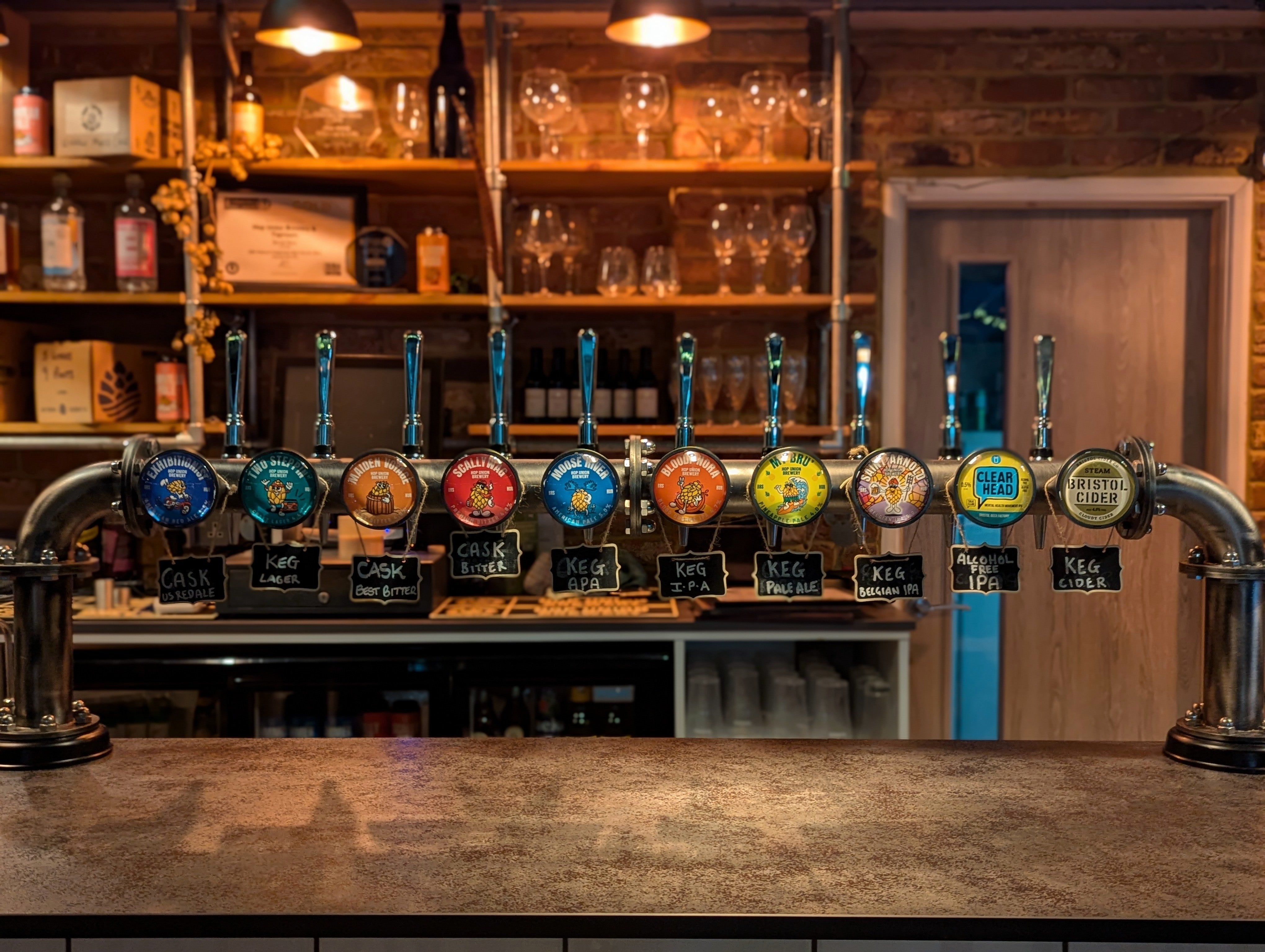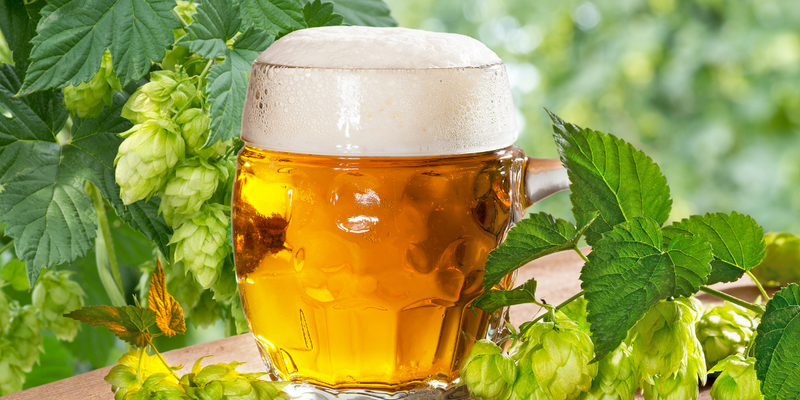Anyone who's been puzzled over beer menus trying to decide between a Pale Ale and an IPA knows the feeling. Both beers sound comparable and share visual traits along with common ingredients, yet they represent distinct beverages.
What sets Pale Ale apart from an IPA in terms of their defining characteristics? Could these beers simply represent two labels for one beverage? We will dissect everything in understandable language covering their origins together with taste profiles, alcohol content and recommended food pairings.
A Quick Look at Their Origins
The origins of Pale Ale date back to the early 1700s in England. Initially dark beer production transformed to lighter ales when brewers started using lightly kilned malts, which resulted in pale coloured beers and balanced flavours that became popular in British pubs.
The India Pale Ale joined the brewing world after Pale Ale was established. British brewers sent beer to colonial India yet many batches spoiled due to extended travel time, coupled with warm temperatures. The fix? Add more hops. Hops act as natural preservatives, so when brewers increased both hops and alcohol content, their beer retained freshness longer while developing an intensified bitter flavour. Thus, the IPA was born.
Flavour: What’s in the Glass?
Both beers appear to be the same when viewed initially. These beers display colours ranging from golden to amber and feature a pleasant foamy head. The actual distinction between the two beers becomes apparent through their taste.
Pale Ale:
Pale Ales are all about balance. Pale Ales deliver an equal balance between malt sweetness and hop bitterness where neither element dominates the other. The palate encounters mild notes of toast and biscuit along with caramel that blends with citrus or floral hops which maintain a balanced profile by avoiding overwhelming taste sensations.
IPA:
IPAs, on the other hand, are hop forward. When you taste an IPA you’ll notice stronger hop flavours which include bold notes of grapefruit, pine, mango and resin. These brews feature intensified bitterness along with an alcohol content that is slightly increased.
Alcohol & Bitterness: The Stats
There are basic characteristics that define these two beer styles, although each individual beer can present variations.
Pale Ale: 4.5–6% 20–40 IBU
IPA: 5.5–7.5%+ 40–100+ IBU
If you prefer a beverage that's more robust and intense, an IPA should be your choice. For a more casual drinking experience with moderate strength, Pale Ale is likely the more suitable choice.
Style Variations
The craft beer movement has accelerated the diversification of these styles.
Pale Ales:
English Pale - Ale delivers traditional flavours with malty and earthy notes.
APA - stands out from its British counterpart by delivering more hops along with citrus and pine aromas.
Belgian Pale Ale - delivers spice and fruitiness through its Belgian yeast strain.
IPAs:
The West Coast IPA - delivers a crisp and dry profile with intense bitterness featuring pine and citrus flavours.
New England IPA (NEIPA) - delivers a juicy experience with a hazy look and minimal bitterness while featuring tropical notes.
Double IPAs - deliver more strength and hops than regular IPAs with an ABV above 8%.
Session IPA - offers big hop aroma while keeping alcohol content low. Easy to drink more than one.
What About the “Hoppy” Factor?
This point often results in confusion for many people. A beer described as “hoppy” typically indicates strong hop aroma and flavour. But hoppy doesn’t necessarily mean bitter.
While a Pale Ale has strong hop flavours it remains only mildly bitter and some contemporary IPAs including hazy NEIPAs deliver intense hop aroma with minimal bitterness. The way hops are added and the timing of their use during brewing shapes their role in beer.
Food Pairings
Good news: both Pale Ales and IPAs are food friendly.
Pair Pale Ales with:
- Grilled chicken
- Burgers
- Roast pork
- Milder cheeses like cheddar
The Pale Ale’s harmonious taste complements your meals without dominating them and works well with traditional pub dishes.
Pair IPAs with:
- Spicy food (Indian, Mexican, Thai)
- Strong cheeses (blue cheese, aged cheddar)
- BBQ ribs
- Fried food (fish and chips, onion rings)
The bitter taste and citrusy hop elements work well to balance strong fatty or spicy flavours.
So Which Should You Choose?
Here’s the quick cheat sheet:
Pick a Pale Ale if...
- As a beginner in craft beer you'll find an approachable choice in Pale Ales.
- You like balance over intensity.
- You need a beer that pairs well with all types of food without overpowering them.
Pick an IPA if...
- Your beer preference leans towards intense flavours and experimental beer varieties.
- You prefer intense scents such as grapefruit or pine with tropical fruit undertones.
- You should choose an IPA when you desire more bitterness along with additional kick in your beer.
Still not sure? Try both side by side! Tasting flights offer a playful method to evaluate different beers while learning about hop flavours if you're new to them.
Final Sip
Pale Ale and IPA share a family resemblance rather than existing as direct competitors. Despite sharing similar roots they developed into separate styles each with its own character. Find your perfect pale beer between balanced smooth flavours and bold hoppy tastes.
Your next Pale Ale versus IPA decision will be informed by what to expect and which food pairing will work best. Cheers!





